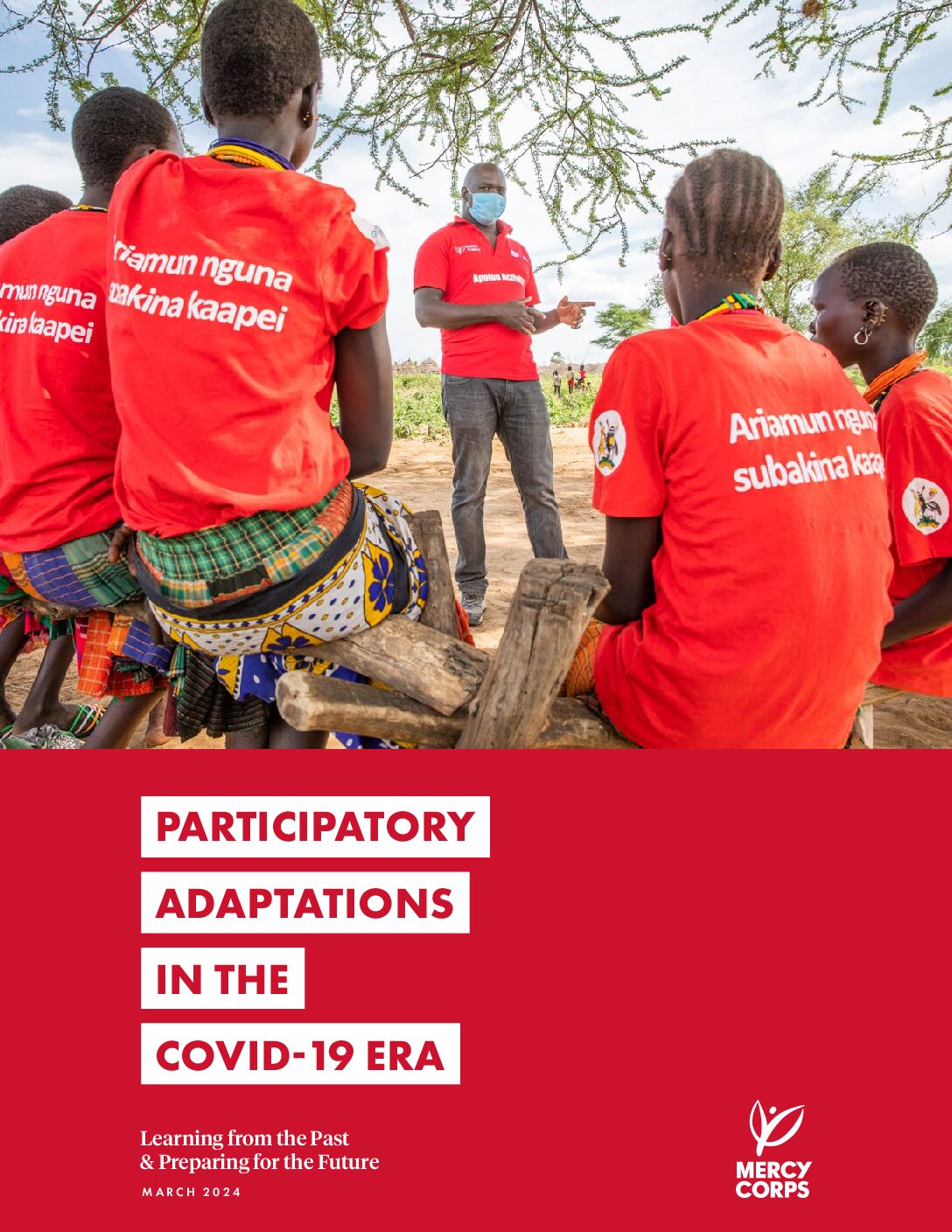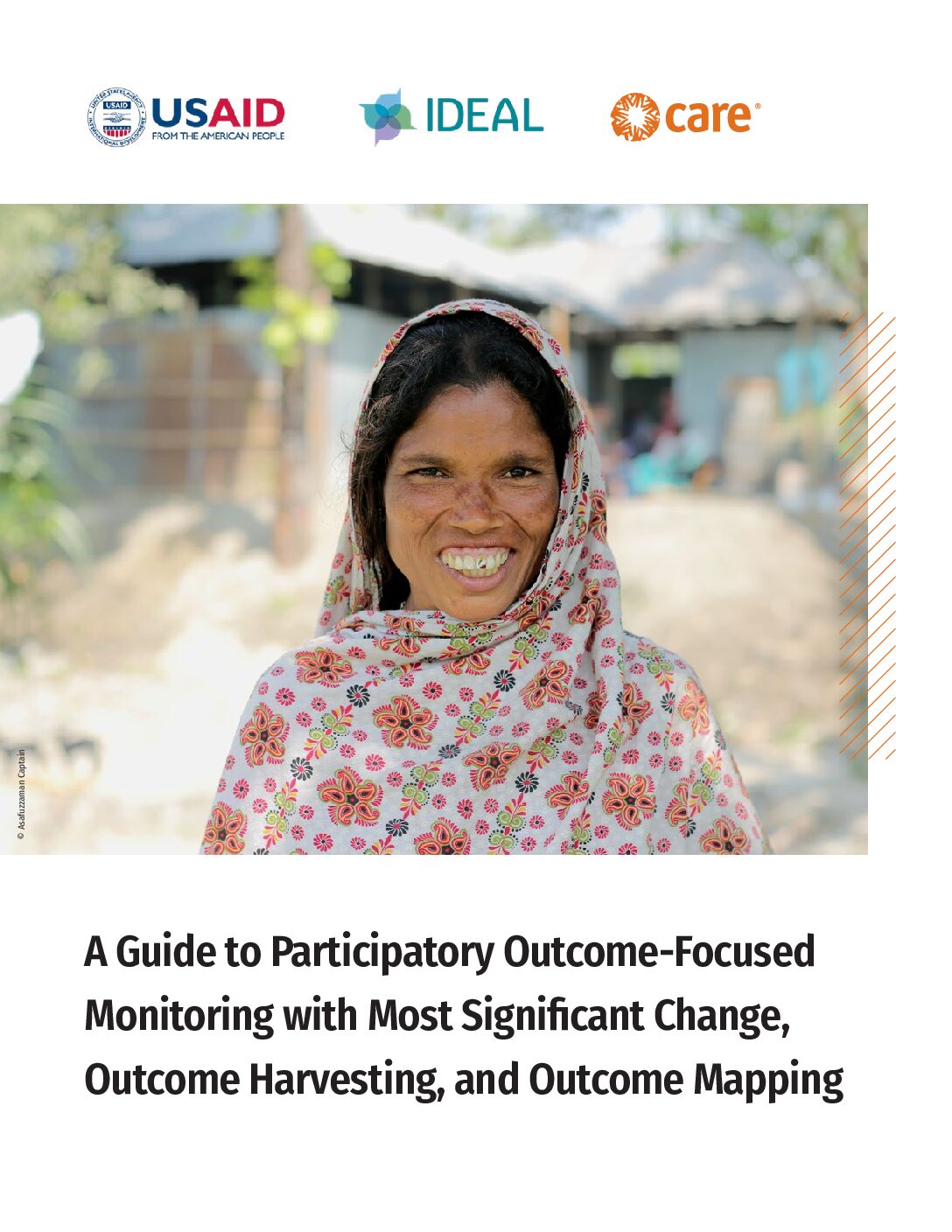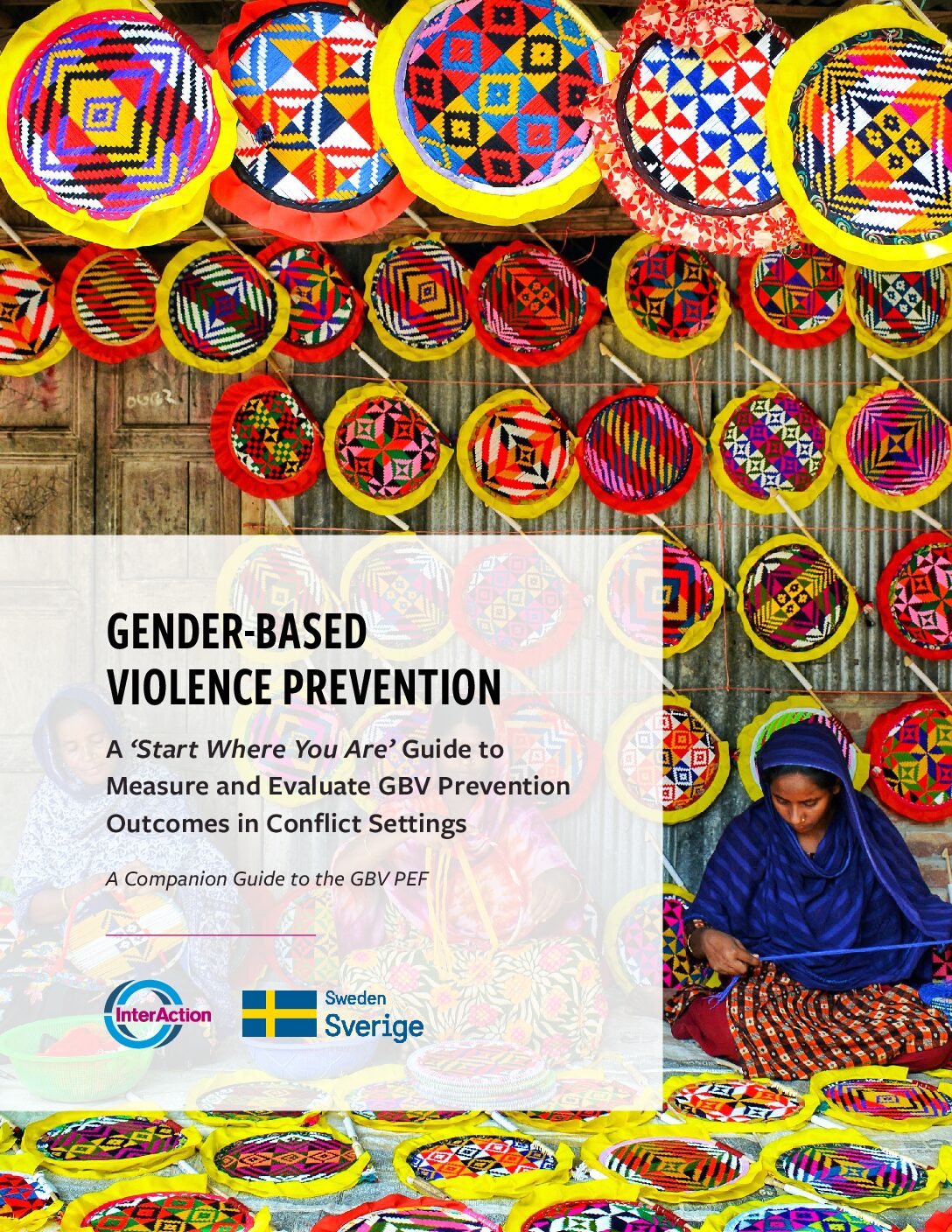When the crisis broke out in Syria, little to no information existed on gender-based violence in this context. GBV actors faced additional difficulties in creating a needs-based response, particularly in a context where approvals from relevant authorities to conduct protection/GBV assessments were challenging, and where assessments were rendered more difficult by remote management and security risks for GBV actors engaging in data collection.
While it is widely recognized and accepted that GBV is underreported and that prevalence figures are not needed to establish an effective GBV response, having an analysis that includes information on the types of GBV taking place, the specific demographics it is impacting, and the evolution of trends over time does help ensure a tailored, targeted, and ultimately more effective response. Therefore, the UNFPA Regional Syria Hub and the Whole of Syria GBV Are of Responsibility (AoR) set out to devise an assessment methodology to obtain GBV data to inform the Humanitarian Needs Overview (HNO) and the Humanitarian Response Plan (HRP). Their approach, submitted by Fulvia Boniardi to InterAction’s 2020 Results-Based Protection Good Practice Contest and awarded “Honorable Mention”, employs a community-based approach that uses contextualized tools and indicators, including proxy indicators, to better analyze and measure GBV issues country-wide.
What makes this different from other approaches to GBV data collection is its focus on qualitative data, rather than prevalence data, and that it is collected through community Focus Group Discussions with women, girls, men, and boys, thus helping to ensure their perspective and direct voices are incorporated. Information is bolstered and triangulated through FGDs with GBV experts and through Key Informant Interviews (KII), while the analysis also considers proxy indicators coming from the HNO Multisectoral Needs Assessments (MSNA). For example, within the MSNA, GBV actors regarded kidnapping and abduction as an appropriate proxy indicator for GBV, as previous assessments indicated that sexual violence and “honor killings” are closely linked to kidnapping/abduction.
Starting in 2017, the analysis derived from the framework has been used to generate an annual report titled Voices from Syria. The report has proven beneficial when informing the Syria HNO and guiding GBV organizations on how to respond, as featured in the Syria Humanitarian Response Plan. The report helped to identify the risks of GBV that need to be mitigated throughout the response by all humanitarians, while simultaneously providing information that is conducive to results-oriented programming. The analysis has also informed several programs and initiatives aimed at reducing people’s vulnerability to GBV and increasing their capacity to deal with it when it does occur. There is also huge potential for the analysis to inform prevention programming and other initiatives intended to reduce the threat a key component of the risk equation.
An example of this is the Turkey Cross Border GBV Sub-Cluster GBV Awareness Raising Toolkit, developed to support GBV organizations working in parts of North West Syria to engage in long term GBV prevention programs.
It is because of the recognition of this assessment as a global best practice1 that the UNFPA Regional Syria hub has developed Beyond Numbers, a how-to guide to support the replication of a similar assessment in other countries responding to GBV in humanitarian crises. The guide provides an in-depth description of the methodology used to collect qualitative data in Syria and the reasons for doing so. Due to the outbreak of COVID-19, a section has been added at the end of the guidance to provide recommendations on how to adapt data collection.



